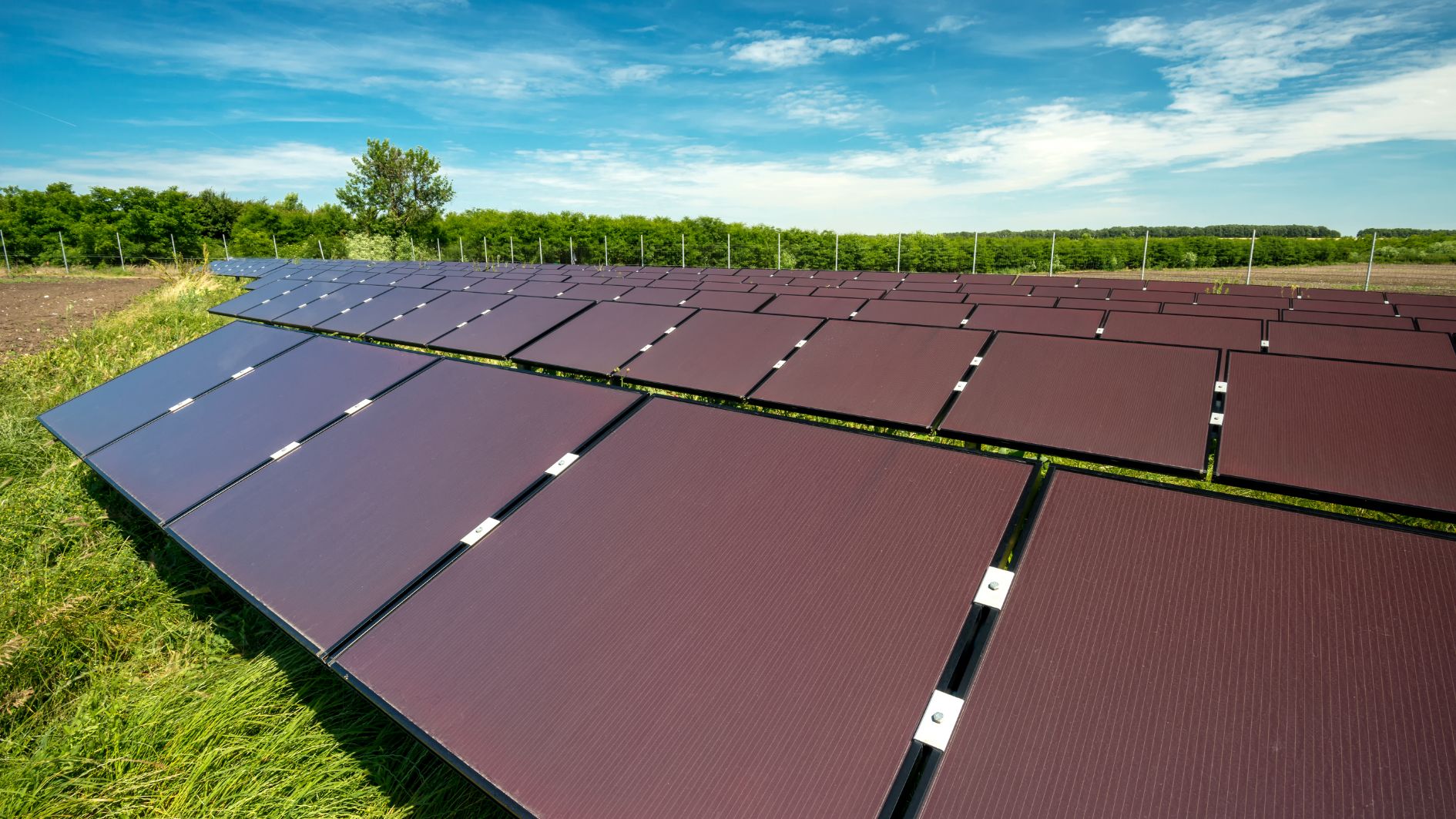Image source: Canva.com
If your roof isn’t ideal for solar panels, don’t worry — you can still go solar by using your yard. Ground-mounted solar panels are a great option if your roof is too sloped, shaded, or made from unsuitable materials. With plenty of sunny space in your yard, you can still harness solar energy efficiently.
Benefits of Ground-Mounted Solar Panels
Optimal placement
Unlike rooftop panels, ground-mounted systems can be positioned at the perfect angle and direction to maximize sunlight exposure, potentially increasing your energy savings.
Ease of maintenance
These systems are easier to access for cleaning and repairs, which is especially useful in snowy or dusty areas.
Scalability
If your energy needs are high, ground-mounted panels can accommodate larger systems without the space limitations of a roof.
Costs and Considerations
Higher costs
Ground-mounted solar systems typically cost about 10% more than rooftop installations due to the extra equipment needed. However, they often generate more electricity, which can offset the initial investment over time.
Space requirements
These systems need a significant amount of land and specific soil conditions. Make sure your yard has enough space and suitable ground for installation.
Potential damage
Ground-mounted panels can be more vulnerable to damage from wildlife or tampering.
Installation and Types

Standard ground-mounts
These use metal frames fixed at an optimal angle. They’re generally less expensive and easier to install.

Pole-mounts with tracking
These elevate panels higher off the ground and can include tracking systems to follow the sun, boosting energy production by up to 25%.
Making the Decision
Property suitability: Ensure you have enough open, sunny space and stable soil for installation.
Financing options: Ground-mounted systems can be pricier, so check with your installer about financing options and available incentives.
If your roof isn’t suitable for solar, ground-mounted panels offer an excellent alternative, maximizing energy production and providing flexibility in system size. Consider your space, soil, and financial options to determine if this setup is right for your home.






